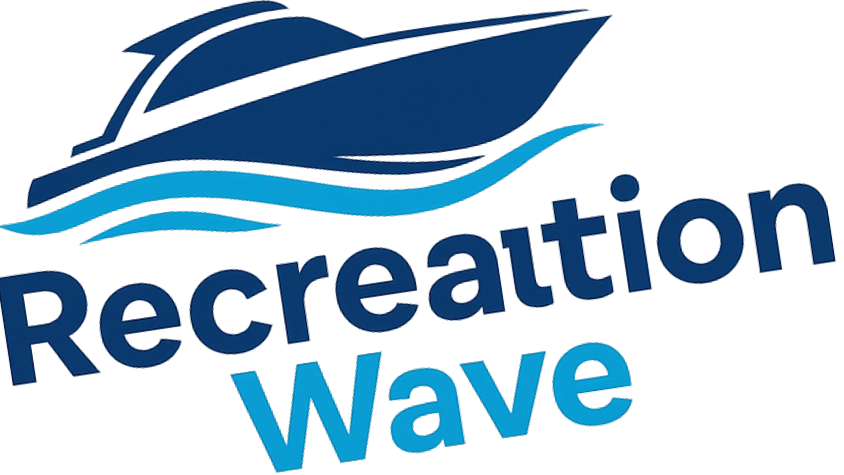
Mastering the Fundamentals of Navigation
In a world filled with high-tech sailing equipment, it's easy to overlook the crucial navigation fundamentals. Will Oxley, a world-class navigator, emphasizes the importance of these foundational skills. He recalls his experience aboard the 80-footer Beau Geste during the Round New Caledonia Race, where a sudden systems failure nearly led to disaster. Such moments highlight that while technology is a valuable companion, it shouldn't replace the mastery of basic navigation skills.
The Pitfall of Over-reliance on Technology
With advancements in GPS and electronic charts, many sailors have become overly reliant on technology, leading to a dangerous disconnect from essential navigation skills. Oxley notes that newer sailors often neglect the basics, like understanding tides and reading charts effectively. His advice is clear: before diving into software tools, solidify your understanding of navigation fundamentals. This may include lessons like those offered in the UK’s RYA Yachtmaster program, which provides a deep dive into coastal navigation and the various environmental factors affecting safety on the water.
Backup Plans: Your Safety Net at Sea
Even the most advanced navigational tools can fail. Whether it’s a GPS outage or inaccuracies in electronic navigation charts, having contingency plans is essential. Oxley advises mariners to create layers of backup strategies. Knowing how to navigate by referencing depth contours or landmarks can be a lifesaver when technology betrays you. Use devices like rugged tablets for secondary systems, but remember: the best navigators have an escape plan thought out in advance.
Collaboration on the Crew: Spread the Workload
Navigation is not a solo endeavor. Effective communication among crew members can prevent disasters. During times when the navigator needs rest, the entire team should be briefed on critical information. By simplifying navigation decisions into clear, concise summaries, all crew members can participate actively, thus reducing the burden on the navigator. This teamwork can improve overall safety and ensure everyone is prepared for any situation that arises.
Assessing Risks and Making Informed Decisions
Identifying and understanding risk levels is paramount while navigating. Experienced navigators, like Oxley, blend their knowledge with real-world observations, allowing them to push boundaries safely. Before entering tricky waters, they might scout areas on a smaller boat, gaining insights impossible to catch on a chart alone. This proactive approach enhances navigational acuity and confidence, leading to a better sailing experience.
Why Eyeballs Matter in Navigation
In a time of advanced electronic aids, the human element remains irreplaceable. Experienced navigators know that the human eye offers valuable insights that technology cannot fully replicate. When sailing in unfamiliar waters, relying solely on electronic navigation tools can lead to misjudgments. Trusting your instinct and maintaining situational awareness through visual cues can often is the key to safe sailing.
### Conclusion
As you embark on your sailing adventures, remember that the foundation of effective navigation lies in mastering the basics. Join training courses, engage with your fellow sailors, and practice consistently. By integrating technology wisely and ensuring every crew member is involved, you ensure not just your safety, but the joy of navigating the waters ahead confidently.
 Add Row
Add Row  Add
Add 




Write A Comment